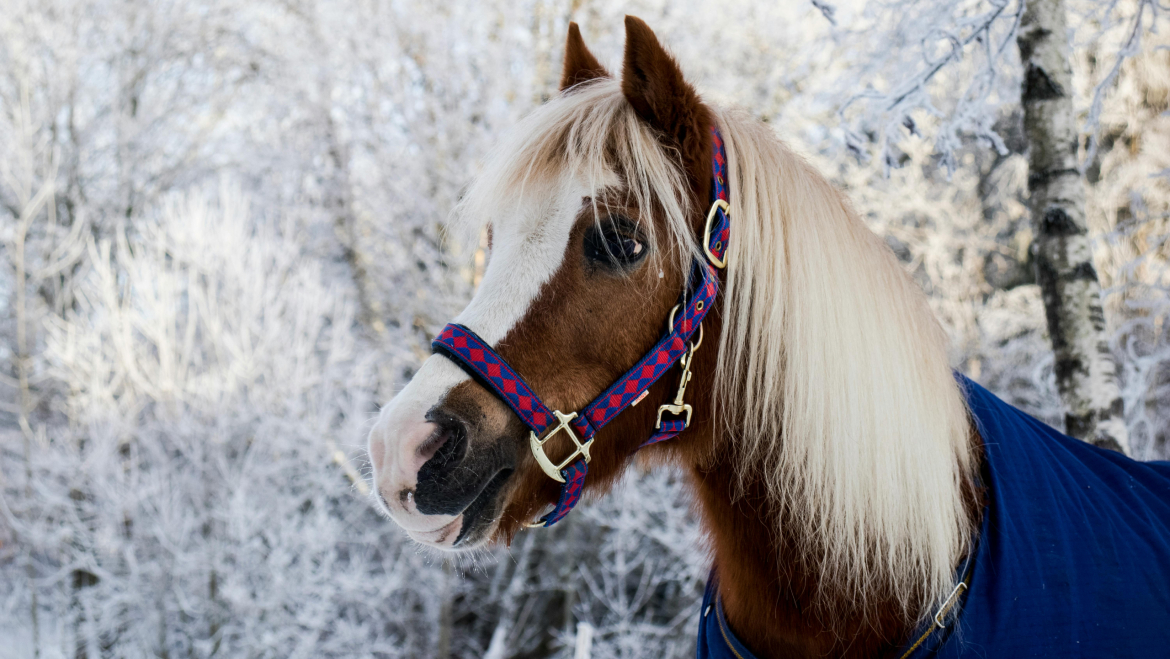February Case of the Month: The Winter Heatwave
Casey had never been prone to colic, so it was surprising when she started acting uncomfortable, off her food, withdrawn, and repeatedly laying down this winter. She received conservative treatment and recovered without any complications. But then it happened again the following month, which led to some further investigation. As it turned out, Casey was in heat, Estrus at the time of her second colic in January. Although uncommon, some mares’ estrous cycles continue year-round.
We see some mares act colicky during the spring and fall, the transition phases as they begin and end their seasonal cycles. Some mares, like Casey, can cycle year round and can act colicky only during the winter months, while other mares can act colicky year-round during nearly every estrus cycle.
This can be difficult on the mares and owners but there are some options available. Treatment plans can include conservative management of analgesics such as Banamine during the painful days; estrus suppression using hormonal therapy; or more permanent treatment involving removing the ovaries laparoscopically, called standing laparoscopic ovariectomy. This surgery is typically performed on a mare in stocks using standing sedation. Two to three small incisions are made in the left and right flanks, and the ovaries are removed through those incisions. They remain in a stall for a couple of weeks before they can return to a consistently more comfortable life.
In recent years, there has been discussion regarding performing standing laparoscopic ovariectomy to address estrus-related behavioural issues in mares. It is argued that we perform much more invasive surgery when we spay our other companion animals to help manage behaviour, that perhaps it should be considered for our mares as well.
In Casey’s case she responds well to a few days of Banamine every 3 weeks during the winter months and remains comfortable throughout the rest of the year.

